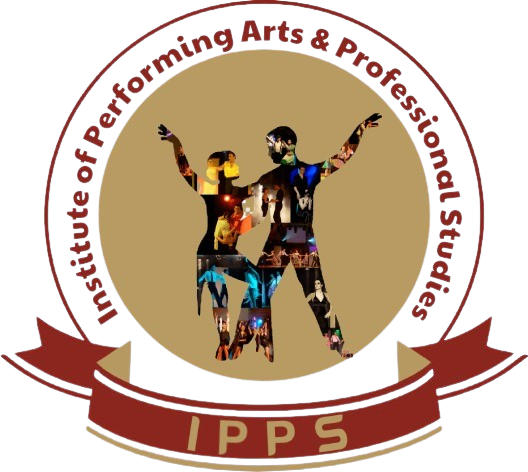Course Description:
This course deals into the dynamic and multifaceted landscape of media, exploring its historical, cultural, social, and political dimensions in theory form. Students will critically analyze various forms of media, including print, broadcast, digital, and social media, and examine their roles in shaping public discourse, identity, and power structures within the Indian context. This course provides a comprehensive exploration of media.
Course Objectives:
1. Understanding the news and non-news material in very authentic way of media studies.
2. Understand the historical evolution of media, from traditional forms to digital platforms.
3. Gain insight into the historical development and evolution of media.
4. Analyze the socio-cultural influences on media production, content, and consumption in India.
5. Analyze the role of media in shaping public opinion, political discourse, and societal norms.
6. Examine the role of media in shaping public opinion, political discourse, and democracy in India.
7. Explore the regulatory frameworks governing media in India and their implications for media freedom and accountability.
8. Investigate the impact of globalization, technological advancements, and digital convergence on Indian media industries.
9. Develop skills in media analysis, research, and critical thinking through case studies and practical projects.
10. Develop critical thinking, analytical, and media literacy skills through practical exercises and case studies.
Course Structure:
Introduction to Indian Media
1. Historical overview of media in India
2. Key concepts and theories in media studies
3. Overview of the Indian media landscape
Media Institutions and Practices
1. Study of media organizations and industry structures
2. Production processes and professional practices
3. Media economics and business models
Media and Society in India
1. Analysis of media representations and stereotypes
2. Influence of media on culture, identity, and social change
3. Audience reception and media effects
Media and Politics
1. Role of media in Indian democracy and governance
2. Political communication and media coverage of elections
3. Media activism, advocacy, and social movements
Media, Identity, and Representation
1. Representation of gender, caste, religion, and ethnicity in Indian media
2. Stereotypes, biases, and inclusivity in media content
3. Media's role in shaping cultural identities and narratives
Media Regulation and Ethics
1. Legal frameworks and regulatory bodies governing media in India
2. Press freedom, censorship, and challenges to media independence
3. Ethical considerations in media production and dissemination
Media Technologies and Digital Culture
1. Impact of digitalization and technological advancements on Indian media
2. Rise of social media, online journalism, and digital storytelling
3. Convergence, globalization, and the changing media landscape
Case Studies and Practical Projects
1. Analysis of contemporary media issues and case studies
2. Group projects exploring specific aspects of Indian media
3. Presentation of research findings and recommendations
Assignment & Project:
For the assignment, you will conduct an in-depth analysis of a specific aspect of the media landscape, examining its historical evolution, current status, key players, challenges, and future prospects. Through this analysis, you will gain insights into the complexities and dynamics of media in India, considering its diverse cultural, social, and political contexts.
Assignment Objectives:
1. To develop a nuanced understanding of the Indian media ecosystem.
2. To explore the historical and socio-cultural factors shaping Indian media.
3. To critically evaluate the role of media in Indian society and democracy.
4. To identify key challenges and opportunities facing Indian media industries.
5. To reflect on the implications of media developments for Indian democracy and public discourse.
Assignment Guidelines:
Selection of Topic: Choose a specific aspect of the Indian media landscape to analyze. Topics may include:
1. Print media: newspapers, magazines, vernacular press.
2. Broadcast media: television, radio, public service broadcasting.
3. Digital media: online news portals, social media platforms, digital streaming services.
4. Film industry: Bollywood, regional cinema, independent filmmaking.
5. Advertising and marketing: advertising agencies, advertising trends, consumer behavior.
6. Media regulation and policy: regulatory frameworks, censorship, media ownership.
Literature Review: 1Conduct a comprehensive literature review to understand the historical development and current status of your chosen aspect of the Indian media landscape. Explore scholarly articles, books, reports, and other relevant sources.
Data Collection and Analysis: Collect data and information on key players, trends, challenges, and opportunities related to your chosen topic. Use both qualitative and quantitative methods to analyze the data and draw insights.
Contextualization:Situate your analysis within the broader socio-cultural, political, and economic context of India. Consider factors such as cultural diversity, political dynamics, economic disparities, and technological advancements.
Critical Reflection: Reflect critically on your findings, considering the implications for Indian society, democracy, and public discourse. Discuss the role of media in shaping perceptions, influencing public opinion, and facilitating social change.
Recommendations: Based on your analysis, provide recommendations for addressing key challenges and maximizing opportunities in your chosen aspect of the Indian media landscape. Consider policy interventions, industry practices, and community engagement strategies.
Evaluation Criteria:
1. Depth of analysis and engagement with the chosen aspect of the Indian media landscape.
2. Clarity and coherence of argumentation and presentation.
3. Integration of relevant literature and data to support analysis.
4. Originality and insightfulness of findings and recommendations.
5. Adherence to academic conventions and citation standards.
Submission Details:
Format: Written report or digital presentation (e.g., PowerPoint, Prezi).
Length: 2000-2500 words for written report; 15-20 slides for digital presentation.
Deadline: [Insert Deadline Here]
Submission Method: [Insert Submission Method Here]
